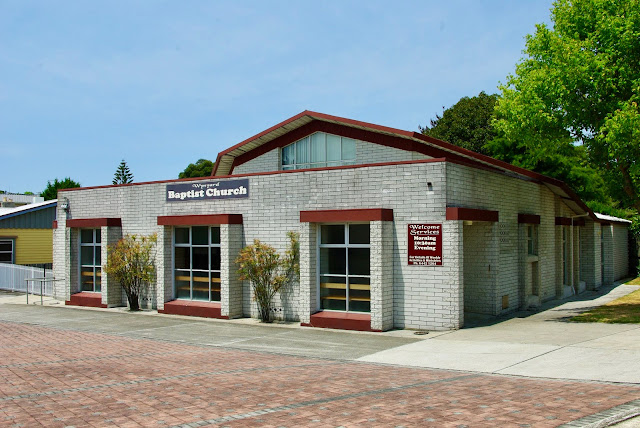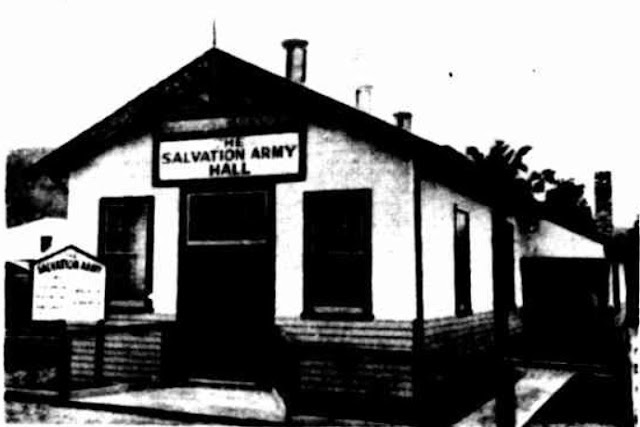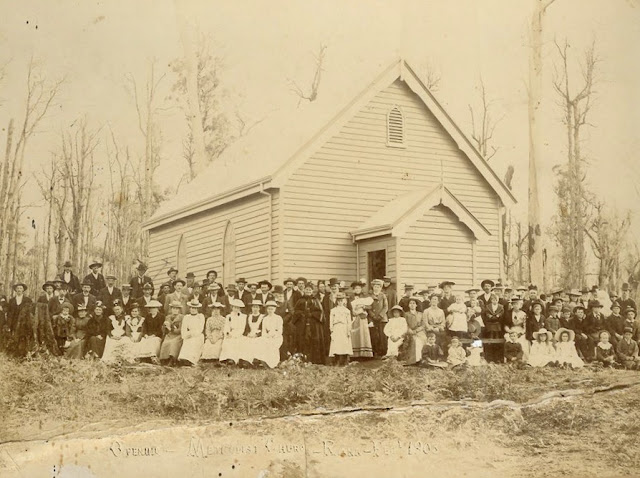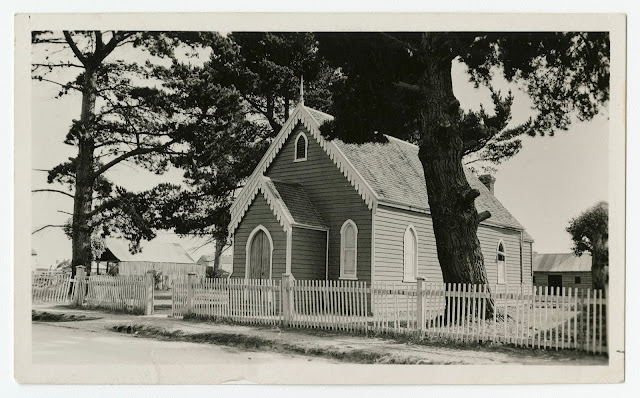No. 723 - Natone - St Michael's Anglican Church

Natone is a small rural community near the junction of the Stowport and Camena Roads, approximately 20 kilometres south of the city of Burnie. The Natone district once had two churches, a Methodist church at Upper Natone and St Michael’s Anglican church at Natone village. From about 1905 Anglican services were held at the Natone State school. This changed in 1919 following an off-the-cuff remark made during a Sunday service: “The Rev. W.G. Thomas on Sunday preached there for the first time since his appointment to this parish, and during the service mention was made of the purchase of a wooden church building at Wynyard to enlarge the Burnie Sunday school. Before the rector left Natone residents conferred with him, stating they were prepared to purchase the building and erect the same at Natone, and offered to pay the whole cost within three months. This offer was accepted by the rector, who thanked the deputation on behalf of the congregation for their devotion to the extension of ch...








